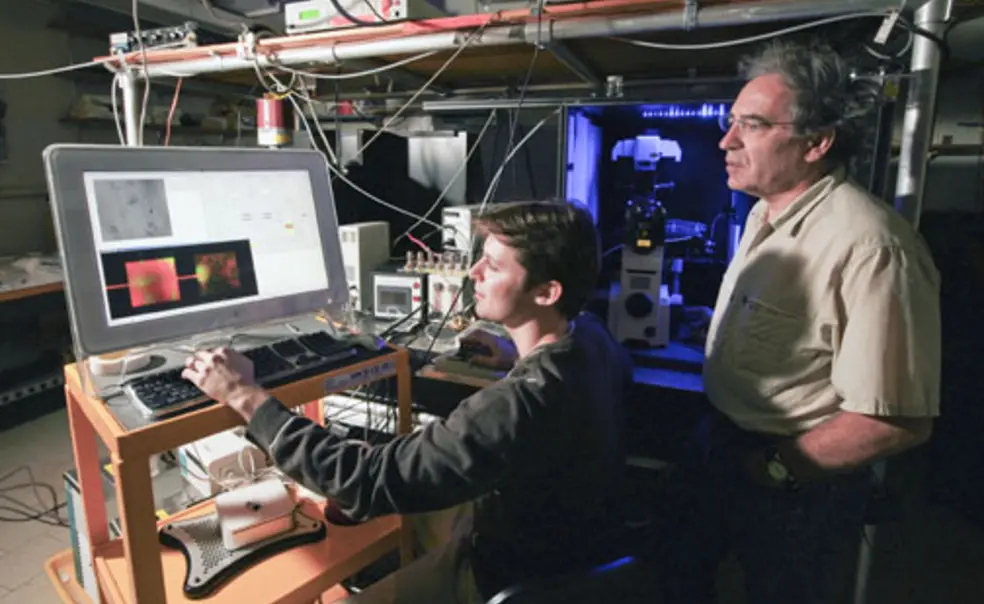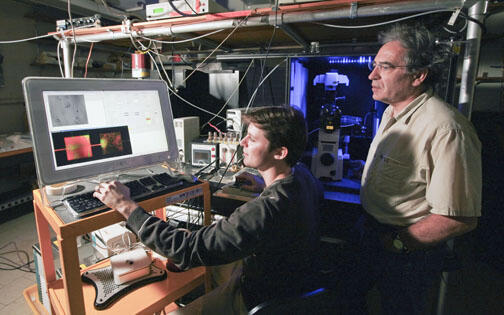$15.2 million grant launches new cancer center
Supported by a $15.2 million grant from the National Cancer Institute, the University has created a new research center that will take a physics-based approach to studying the evolution of cancer.
Scientists at the Princeton Physical Sciences-Oncology Center will partner with researchers at four other institutions to better understand how tumors grow and metastasize.
Physics professor Robert Austin, the center’s principal investigator, said that while individuals with cancer are living longer than in the past, “in the end, the cancer wins most of the time. Our current ‘shock and awe’ approach to treatment may not be the best thing to do — we’re leaving behind small populations of highly resistant cells.” Often such cells mutate and can reproduce rapidly.
“The evolution of cancer is the Achilles’ heel of cancer treatment,” said Thea Tisty, a professor at the University of California–San Francisco, one of the partners of the new Princeton center. “It’s why we can’t deal with metastasis or drug resistance; it’s the thing that kills people.”
The center will construct microhabitats that enable researchers to manipulate many variables at the same time and see how cells respond, with a goal of determining the factors that promote or inhibit cancer evolution and tumor formation. Experiments will use both bacterial cells and human cancer cell lines.
Scientists will use the results to develop computer models that simulate tumor growth and predict when tumors might invade surrounding tissue.













No responses yet